“The one land that all men desire to see, and having seen once, by even a glimpse – would not give that glimpse for the shows of the rest of the world combined.” Mark Twain
The winding paths,the floating clouds,the vintage pine trees,the colorful cardigans and the mufflers,the furry dogs strolling about the Mall,the lure of the sunny mornings,the aftertaste of the orange pekoe and the fried sausages ,the hustle bustle and color of the Bhutia market ,the controlled excitement about the visibility of the mighty Kanchenjunga are images of Darjeeling which have endeared me to the haven of peace for years on. These images even in the busiest day occupy my mind space and bring about a nostalgia of my childhood when I used to be a regular at the town with my parents, my first trips after marriage, the trips I started doing with friends and colleagues and then when I started travelling solo. I have travelled to Darjeeling in almost all seasons and in every manner from the nostalgic Darjeeling Express of my childhood to shared taxis uphill from Siliguri soaking in life stories of different co-travellers, staying in quaint cottages to luxurious boutique hotels. Every time has been an experience which I remember and cherish. What changed over the years was the gaze and the experience of pleasure.
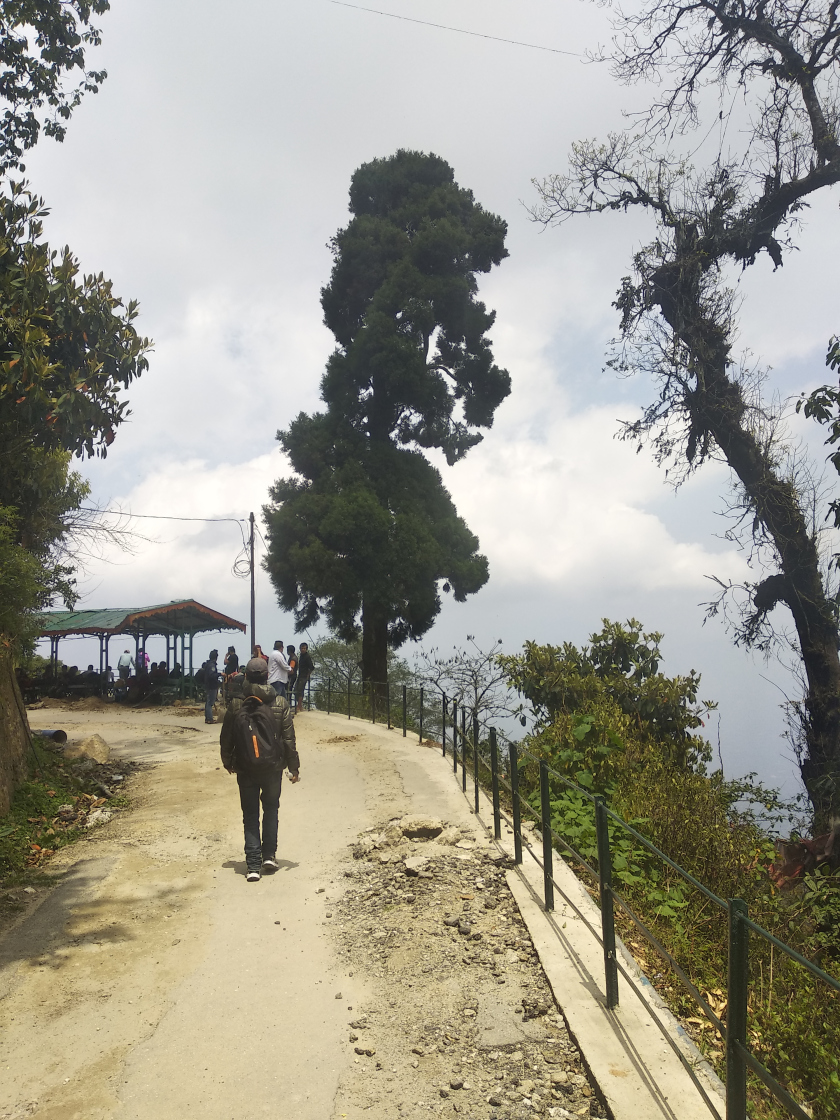
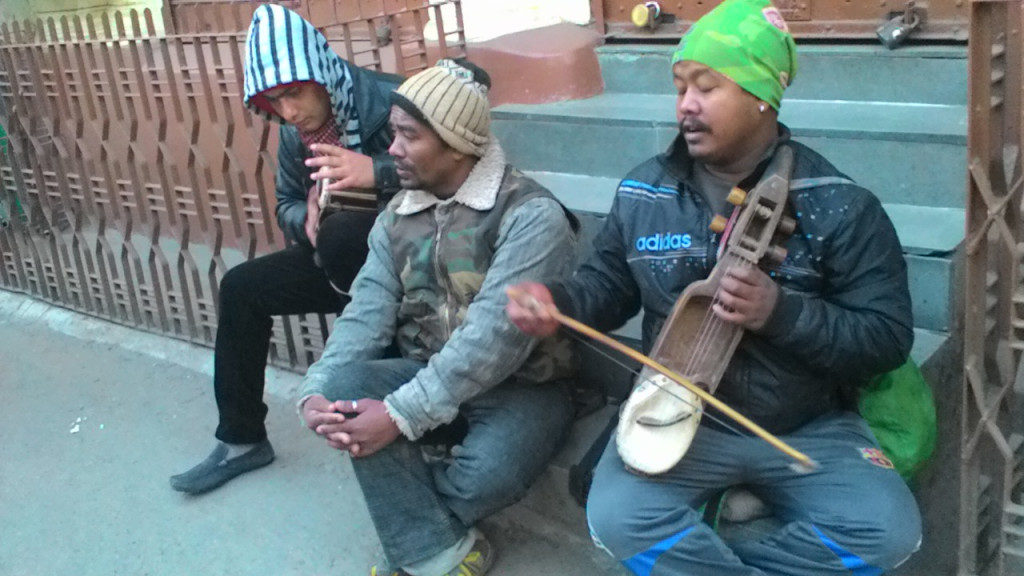
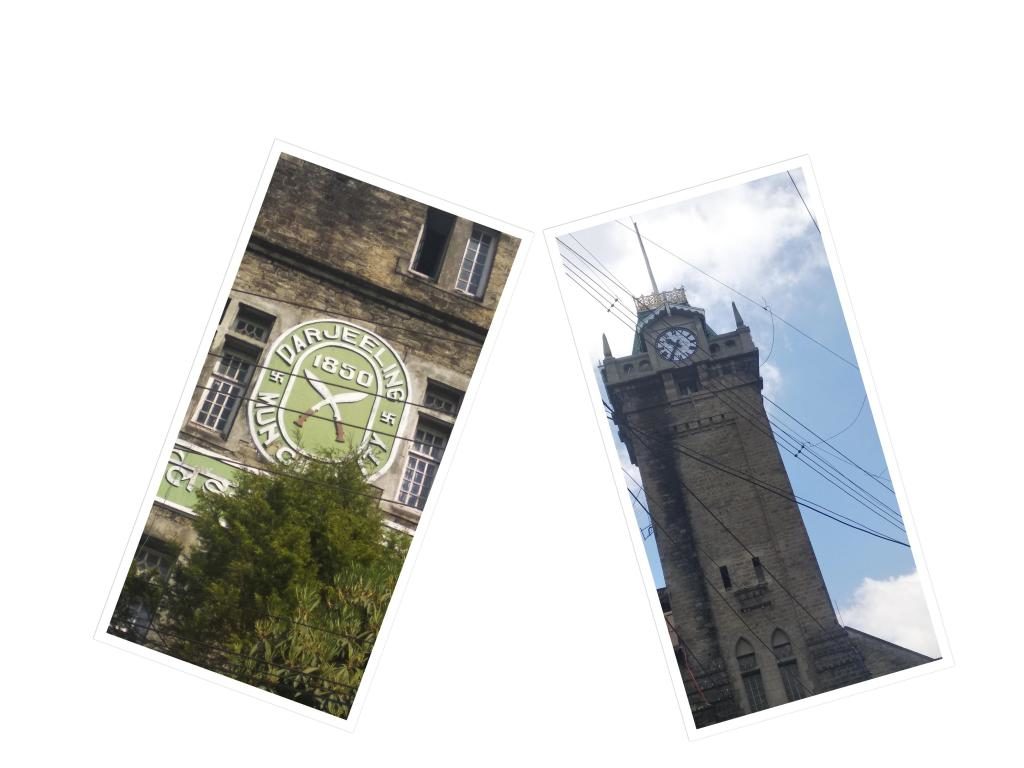
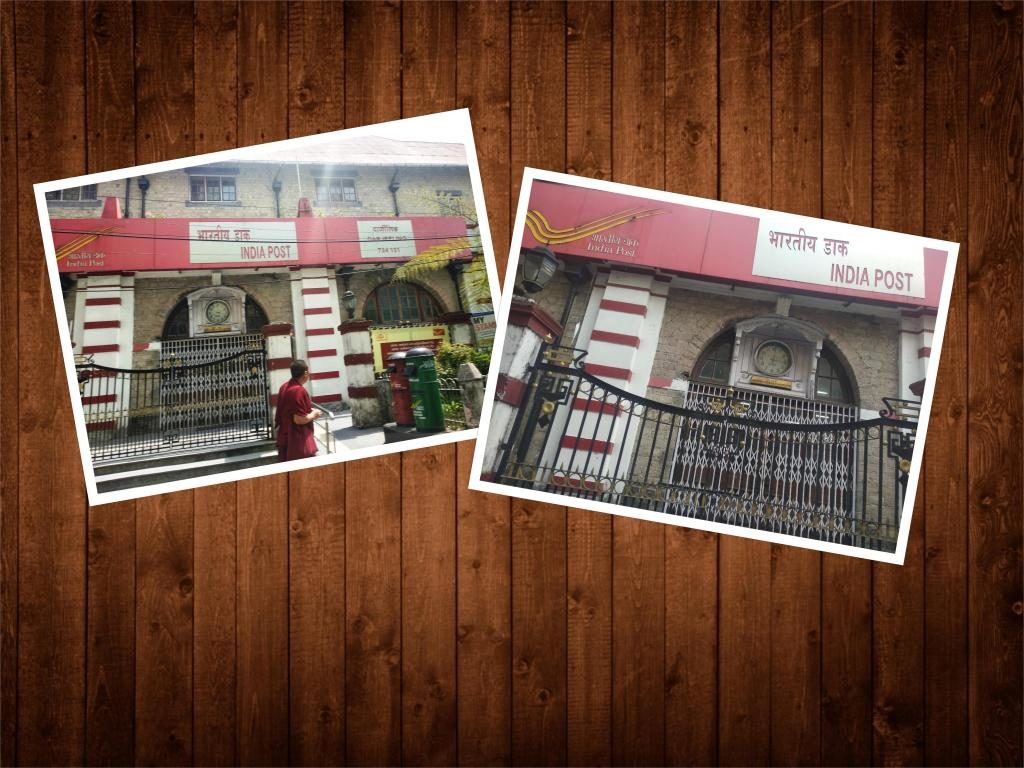
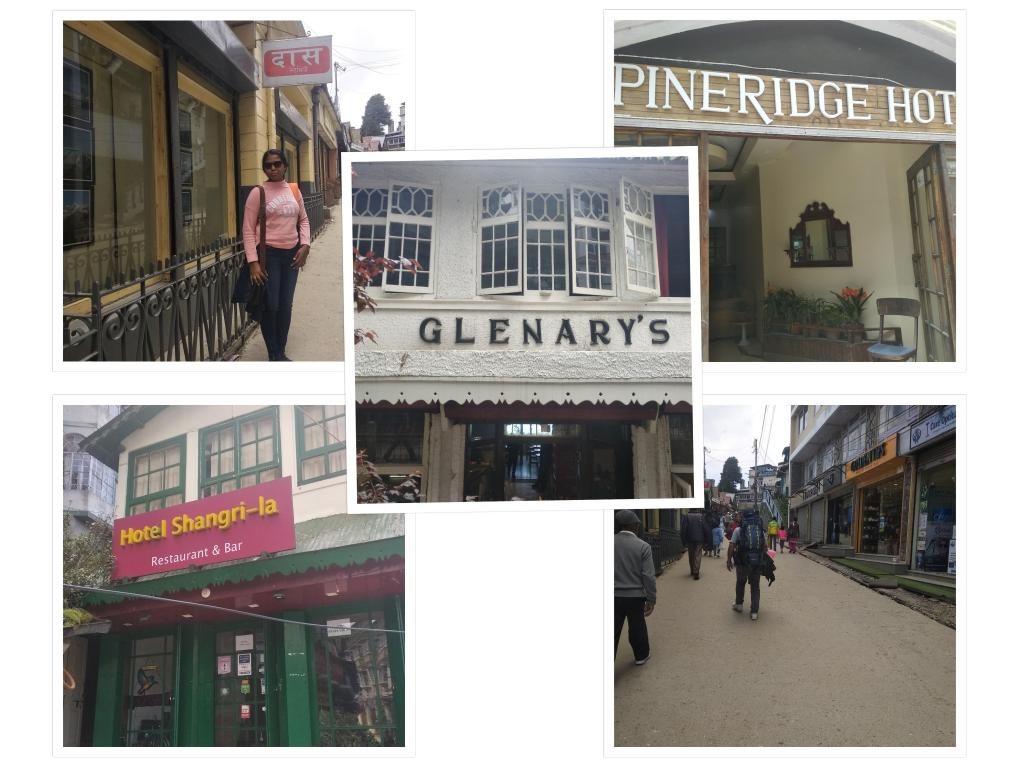
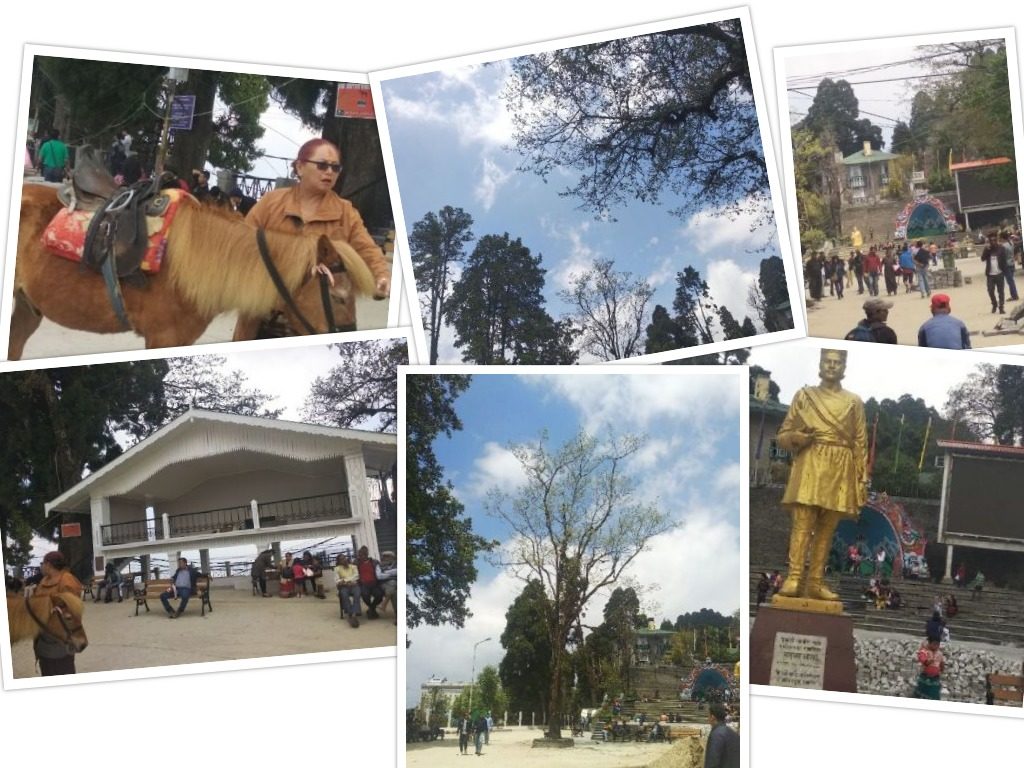
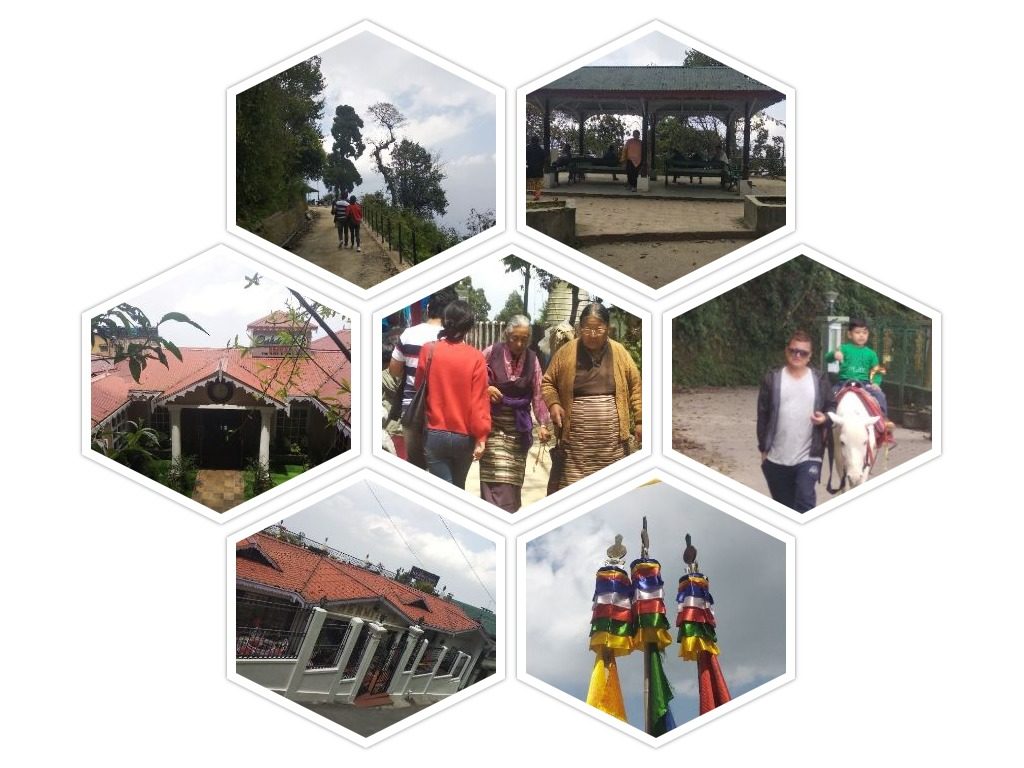
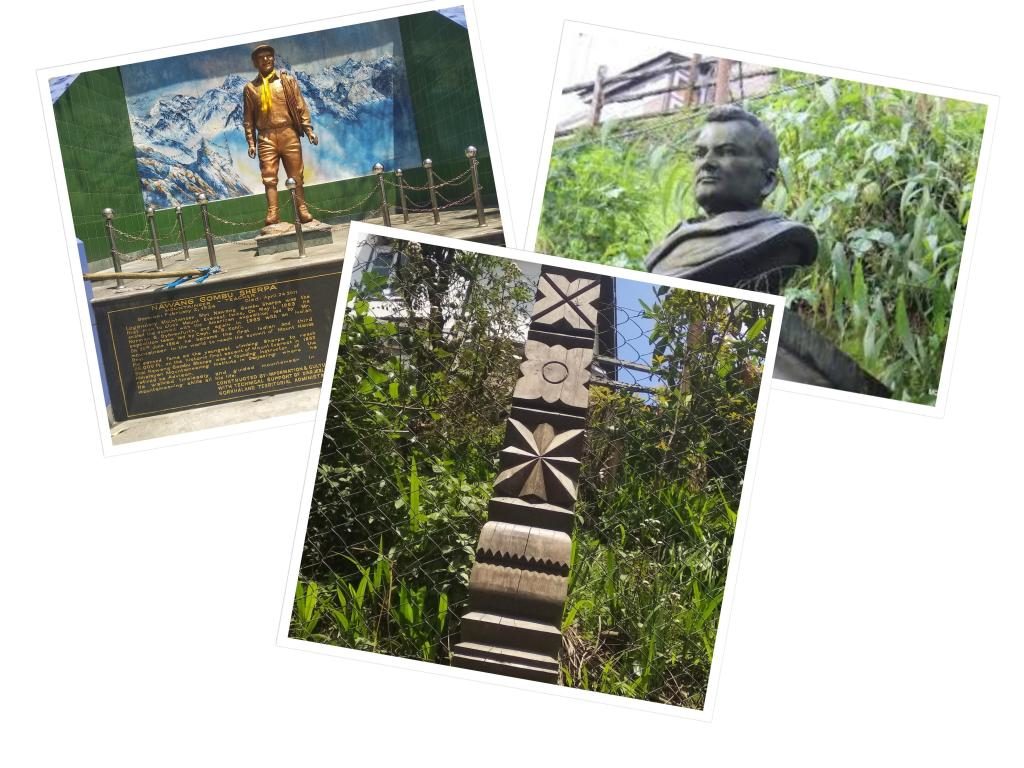
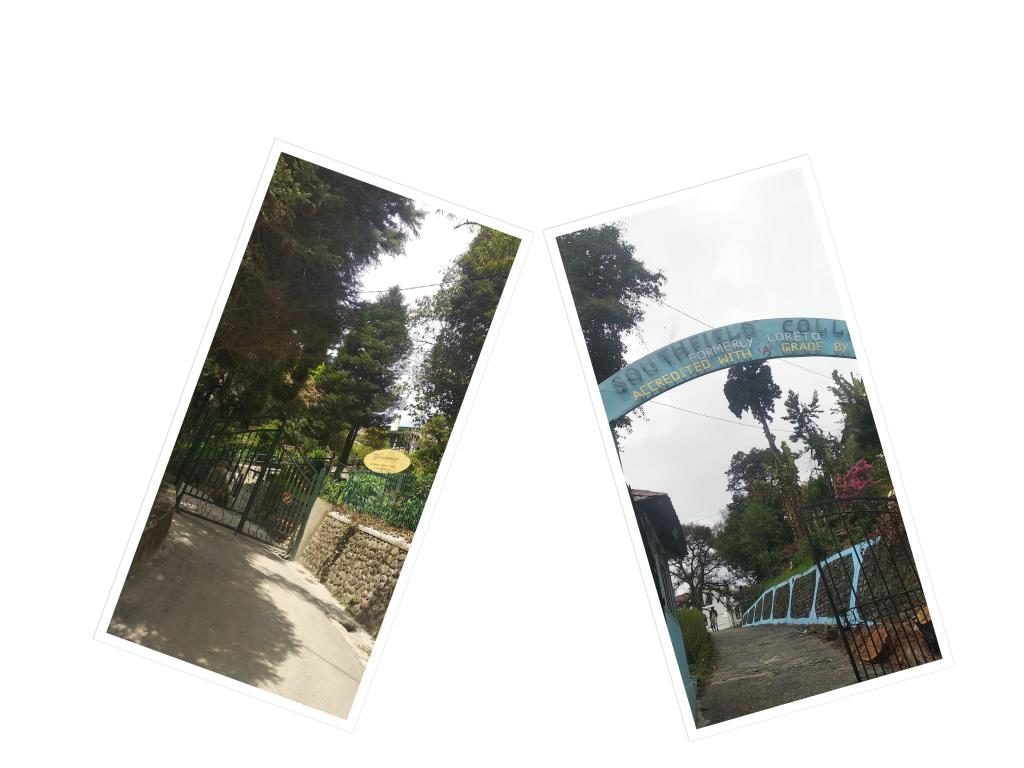
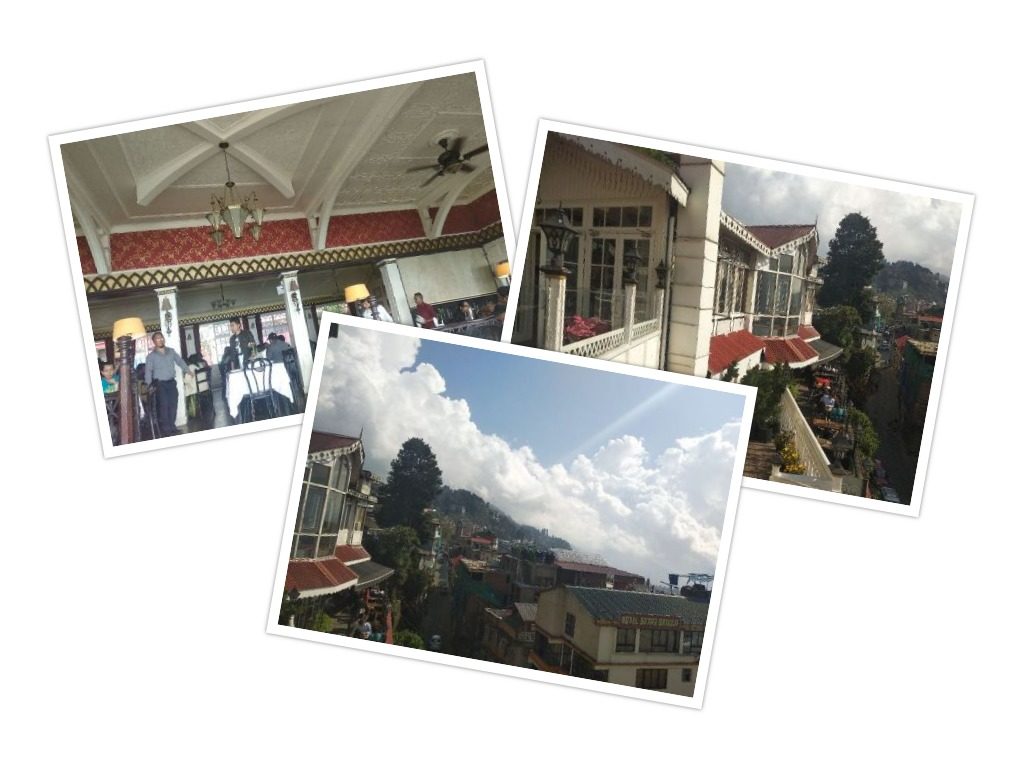
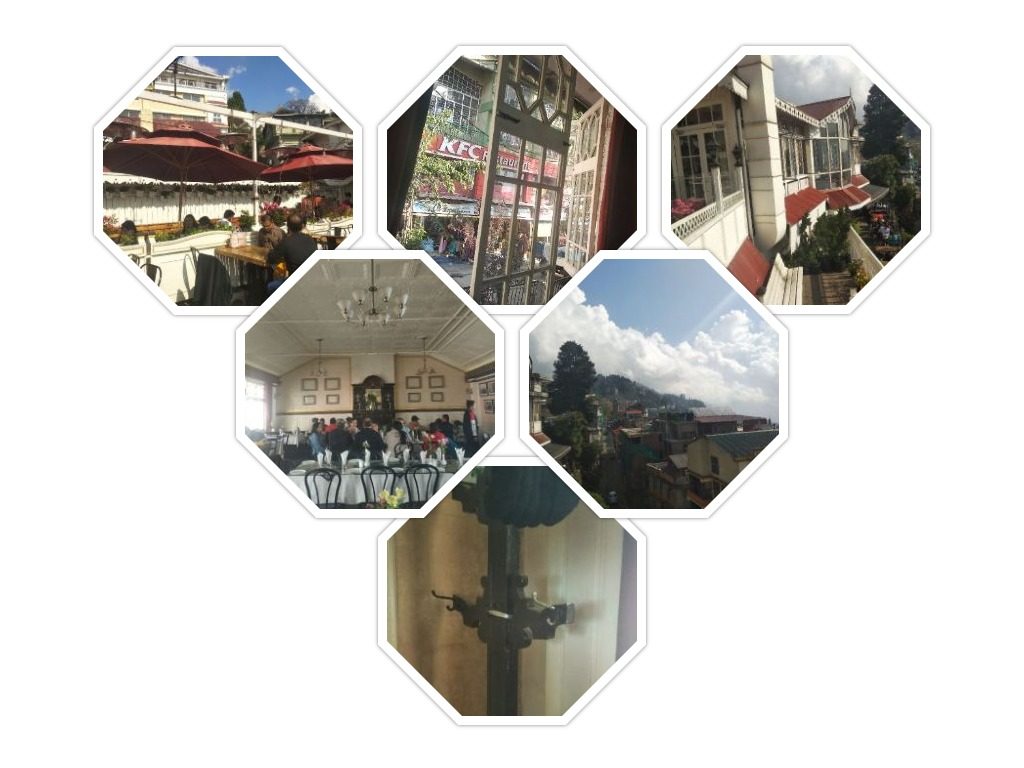
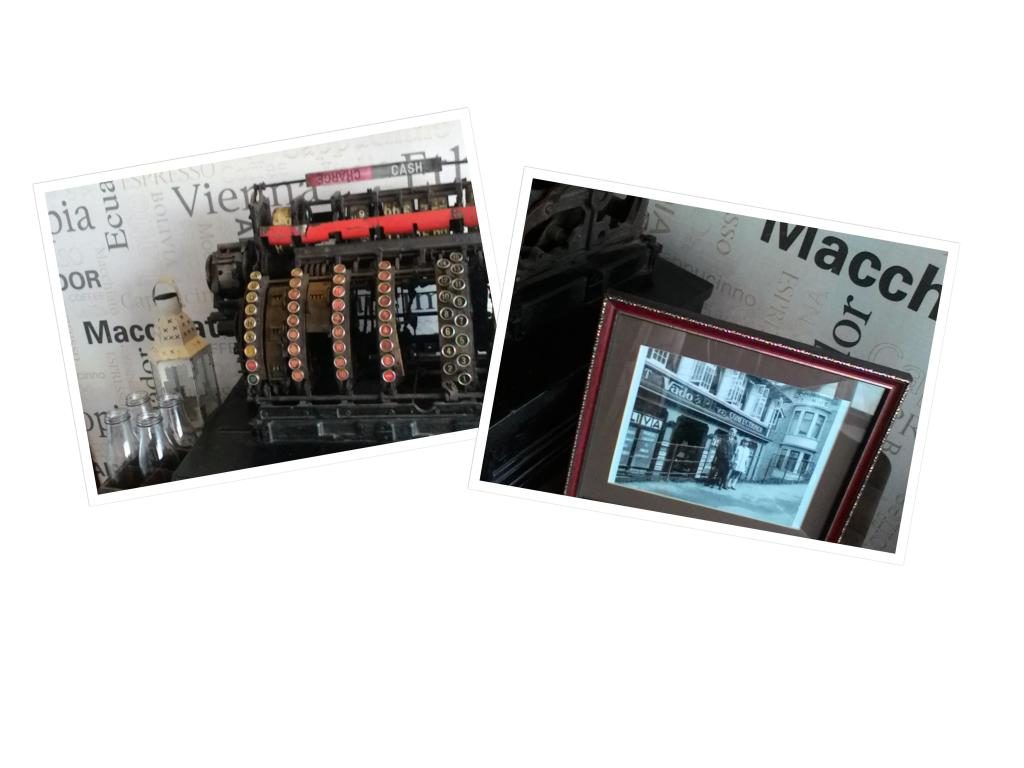
For the last few years the night before I travel to the land of my soul I flip through this anonymous poem published in Darjeeling Ditties and Other Poems
Anticipation of the ethereal……..Scan the vista, day by day,
Nature’s glories here survey….
View as far as eye can see,
Height and depth,and cloud land free
Mighty mountains,hooded white,
Rise in front, and add delight…….
Snows eternal, heaven ward climb
Towering, grand, sublime.
This summer I preferred not to stay in Darjeeling overnight, I decided to be there one morning and walk across the town directionless, breathe in a lot of the cold misty air, my cheeks touching the clouds moving past.. favourite songs keeping me company and a leisurely stop by at my favourite spots and restaurants. What I did, in reality, was a walking trip of the town consciously avoiding the popular tourist places. The mall, the churches, window shops, the walk across little lanes, the crowd at the bandstand, the heritage hotels created moments which I will cherish forever.
Like all other hill stations of India, Darjeeling too has a colonial past which it carefully preserves and cherishes. The British inscribed Darjeeling with their perceptions of aesthetics and landscape. There were attempts to reproduce a European landscape and an urban site all unified in the single space of the hills. Adorned with bungalows, imposing churches and stately public buildings Darjeeling was refashioned to reflect the multiple visions of the empire builders. The climate evoked reveries of the English countryside to the sahibs as the cool temperate climate drew them in a shared whiff of home-like ambience. The British reorganised the landscape into the foreground, distance and background institutionalizing rank, colour and class consciousness. The British began to perceive Darjeeling as the place for health, recreation and pleasure. Lloyd and Dr Chapman also endorsed the suitability of Darjeeling as a sanatorium. Travelling to Darjeeling, however, remained fraught with difficulties. Lt John Gilmore was appointed Executive Engineer with the priority of connecting Terai and Darjeeling by road. Robert Napier replaced him in 1839 and the construction of Pankhabari Road which climbed past Kurseong ,to the top of the hills at Chimney ,Mahaldhera along Sonada ,went past the golf links at Senchal ,dropped to the saddle ridge of Jorebugalow and then the road went through Aloobari and came out to Chowrasta was completed in 1842 . This road came to be known as the Old Military Road. In 1840 Campbell was appointed the superintendent of Darjeeling and he took a pivotal role in the building of areas of settlement.
By 1840 Darjeeling had two public buildings, a hotel, a court and around 30 residences of the English officials. The Chowrasta was known as Dell Corner after the name of a house The Dell. However, by 1878 Dell had disappeared. In the 1840s the Mall was a fairly new road but it followed the present alignment. There was no Victoria Road in the early 1840s and no cart road to Lebong. The Bhutia Busty area however existed. The construction of the Hill Cart Road began in 1861 from Kurseong to Darjeeling and was completed in 1864. A beautiful road with a smooth gradient it was used for carrying bulk goods on horse and bullock carts and was hence named Hill Cart Road. Built under the supervision of an Anglo Indian Engineer named Dewar, the road changed the fate of Darjeeling. Fred Pinn called the Hill Cart Road as the Road of Destiny. The development of tea plantations in the area facilitated the growth of Darjeeling into an urban settlement. Mark Twain came to Darjeeling in 1896 by the Darjeeling Himalaya Railway. He wrote, “The railway journey up the mountain is forty miles, and it takes eight hours to make it. It is so wild and interesting and exciting and enchanting that it ought to take a week”.Echoing Twain it is my perpetual wish to stay back at the hill town maybe a job at a local school to keep me going, along with my thoughts and at peace with the pines and first.
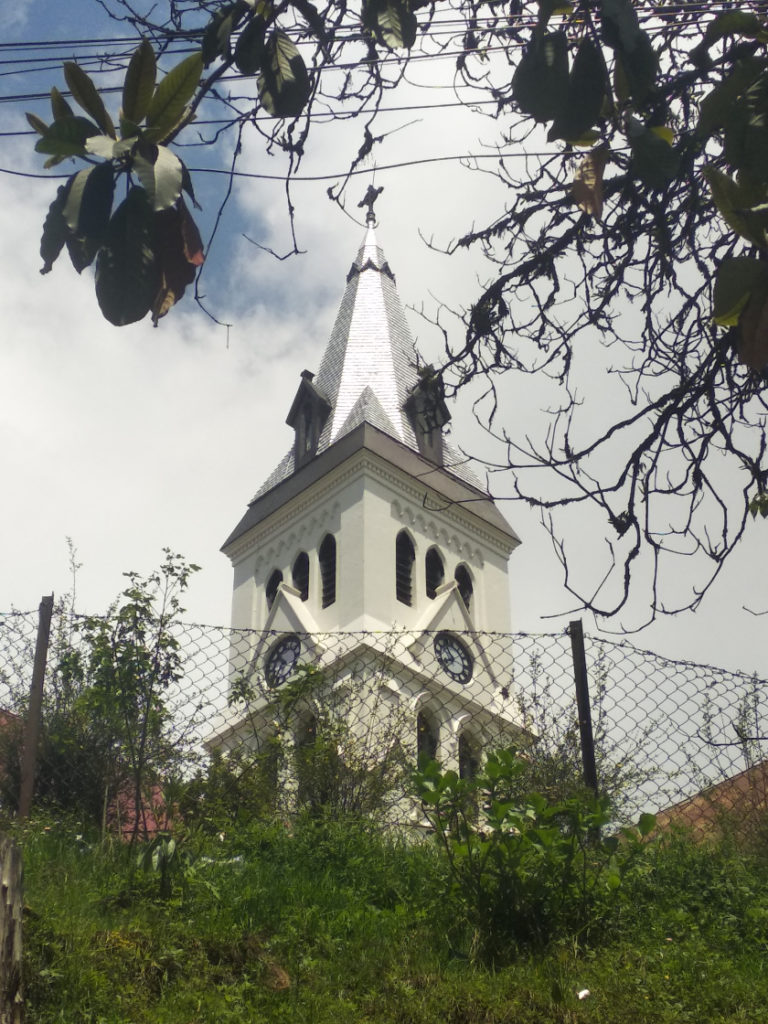
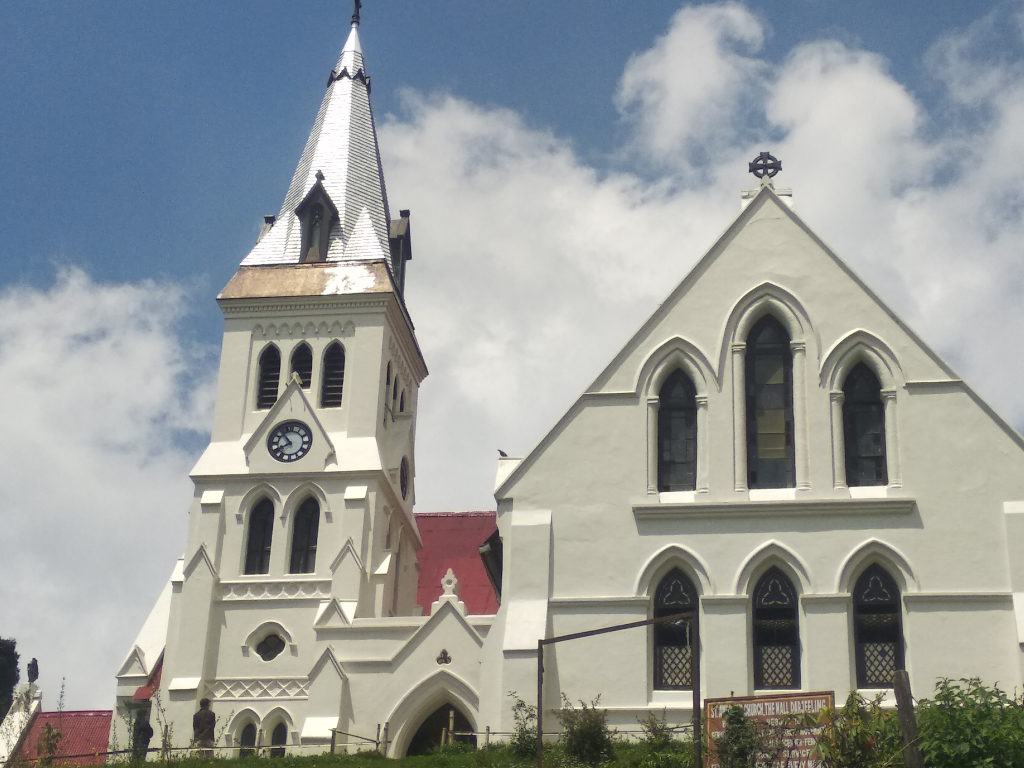
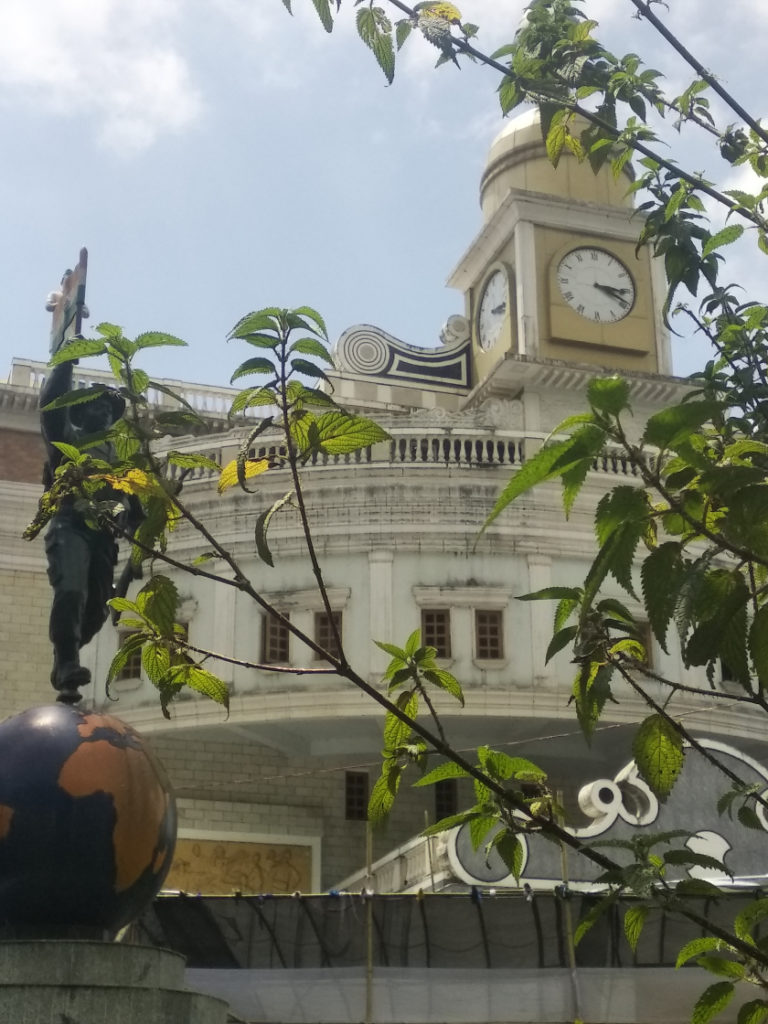
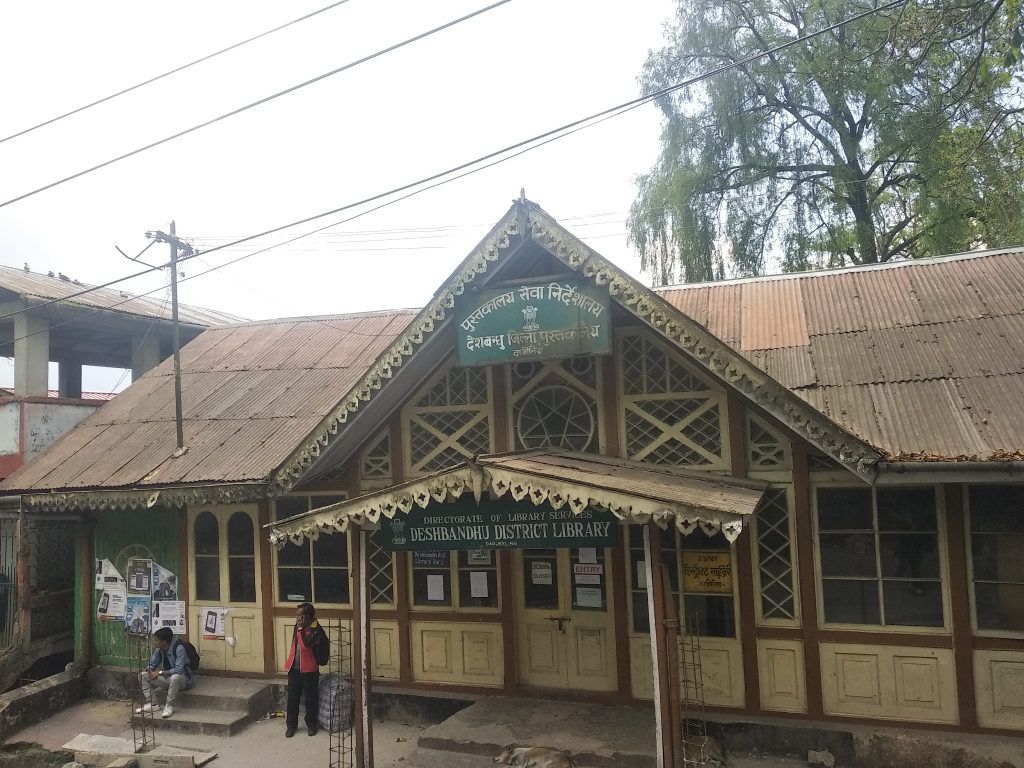
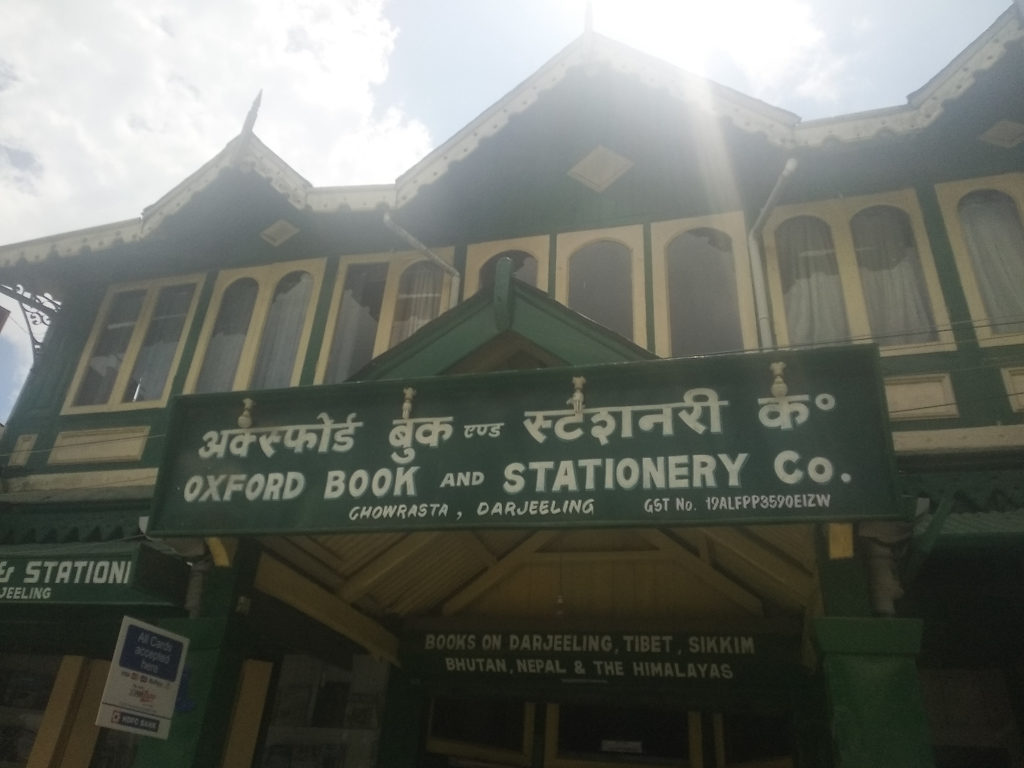
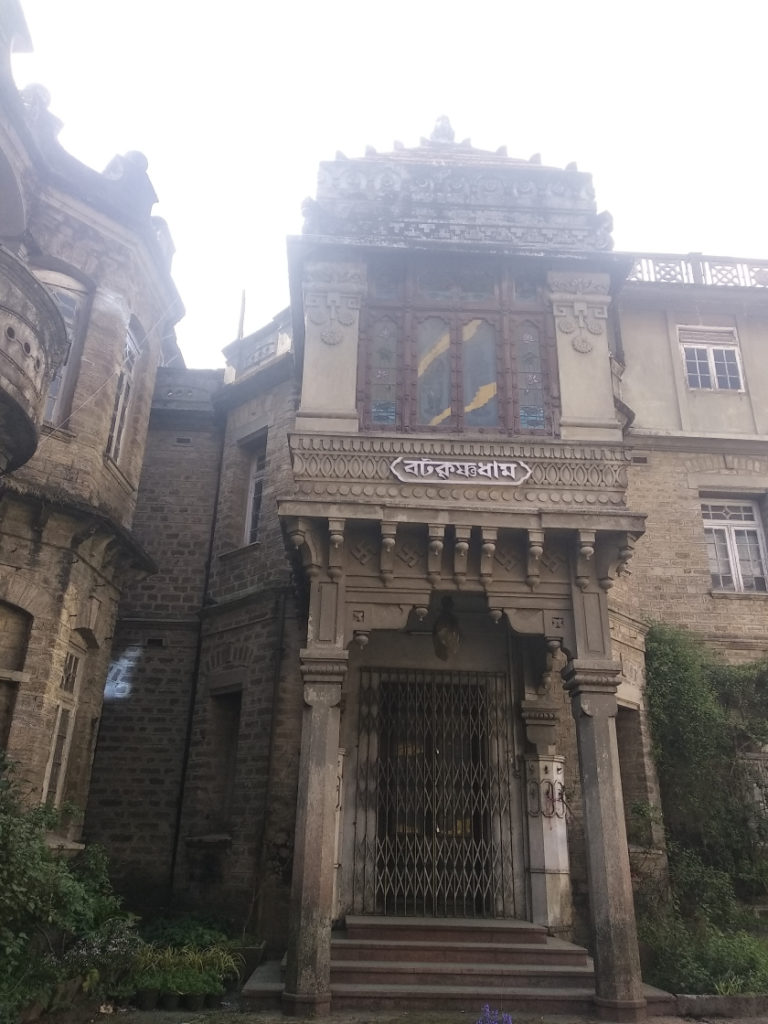
It was during a late morning -sunny with a hint of chilly wind that I left my car near the towering Clock Tower of Darjeeling Municipality. Every time I look up to the skies to see the grandeur of this colonial architecture I am awed as well as saddened – the mesh of electric wires seems to disregard history. The clock tower at the Darjeeling Municipality Building is a testimony to the colonial past of Darjeeling, its growth as a town in the colonial period, the frenzy during the Gorkha land movement but has stood tall both against the ravages of nature and man. Located at Laden la Road , very near to the club stand and the crossing of Gandhi Road, the history of the Darjeeling Municipality building can be traced to 1850 which was the then Town Hall of the sleepy hill station. The foundation stone of the current building of the municipality was laid by Lord Ronaldshay in October 1917. Built at an estimated cost of Rs 2.5 lakh, the Maharaja of Cooch Behar contributed a large amount. The building housed a hall, a reading room, a square, a 100-ft-high stone clock tower, an octagonal gable roof and flag-staff. The clock which has four faces was set up by GT Gent and Company, England. The clock though survived a devastating fire in 1996, was repaired in 2006 by the initiative of the Darjeeling rotary Club. The limit of the Darjeeling Municipality was originally co-extensive with the area ceded by the Raja of Sikkim in 1835 and extended from the hills below Pankhabari to the borders of Sikkim on the north. The Municipality area as of now begins at Jorebunglow to the South & extends to a point on the road to Tukvar below St. Josephs’s College on the north. Time seems to stop here, the faded stone exterior, occasional pigeons flying across the sound of the chimes travelling through the clouds, tourists posing at its background from the terrace of Keventers, the Clock Tower is indispensable to the Darjeeling skyline.
Walking past it with a favourite tune playing across the road I am filled with nostalgia as I walk across the building of the Darjeeling Head Post Office. The bright painted green and red post boxes and the historic clock at the entrance have seen the beginning and end of so many love stories over time. A UNESCO World Heritage Site, the post office opened in May 1921 and is one of the oldest post offices in the region. The stone wall, the red roof, chimneys jutting out of the slant of the Post office suddenly implored me to write a letter. A bucket list wishes for my next visit to Darjeeling for sure.
Walking ahead to the Clubstand I had the choice of going several ways, either I climb up to the Chowrasta or turn towards the road past Dekeling and Kungas’s to the now abandoned Hotel Everest. I could also walk down to Chowk Bazar from the road to the left of the Clubstand. When in Darjeeling the first thing I want to do always is to breathe and soak in the warm environs of the Mall or Chowrasta. This road breathes life -countless tourists ,the bright colors of winter wear,the lone man playing the flute at the entrance of Keventers,roasted corn cobs served with a dash of chilli and lime,the historic Das Studio,the vegetarian Frank Ross Cafe,shop windows with mystic masks I walk past the green facade of Hotel Shangri La,the Glenary’s,the old Bellevue Hotel with its skylights,the haunted PineRidge Hotel and there I was near the fountain at the Chowrsata. The Indian Airlines building still stands tall to the left but forlorn reminding me of the long queues of foreign tourists waiting for tickets during my childhood. The building suddenly seemed to me old and tired, probably leading an unhappy life post-retirement.
It was late morning and I suddenly felt a craving for coffee strong enough to give me an energy boost. There was no point going back to Keventers or Glenarys, I decided to go to Sonam”s Kitchen on Zakir Hussain Road. The Google map helped me find the quaint shop tucked away in the road past the horse stable towards the TV Tower. In Darjeeling, there aren’t many other places where you will get fresh coffee made out of roasted beans. Sonam really makes the coffee well. On the door of her kitchen, she proudly displays “Home of real coffee”.Large enough to seat about 15, Sonam herself is at work. She takes orders,cooks serve and smiles. She has a set breakfast of hashbrowns, fried eggs, sunny side ups, cheese omelette, grilled tomato, soft gooey light coloured scrambled eggs. All those who love eggs don’t miss breakfast at Sonam’s. Her breads are special, they are cut out of old-style loaves, toasted golden brown and served with slices of fresh goat cheese. One can also order for french toasts with honey, porridge and sandwiches made of pulled chicken breasts seasoned perfectly with fresh black pepper. Sonam also serves dinner but remember to drop in by 7.30pm if you want to taste handmade pasta with homemade sauces.
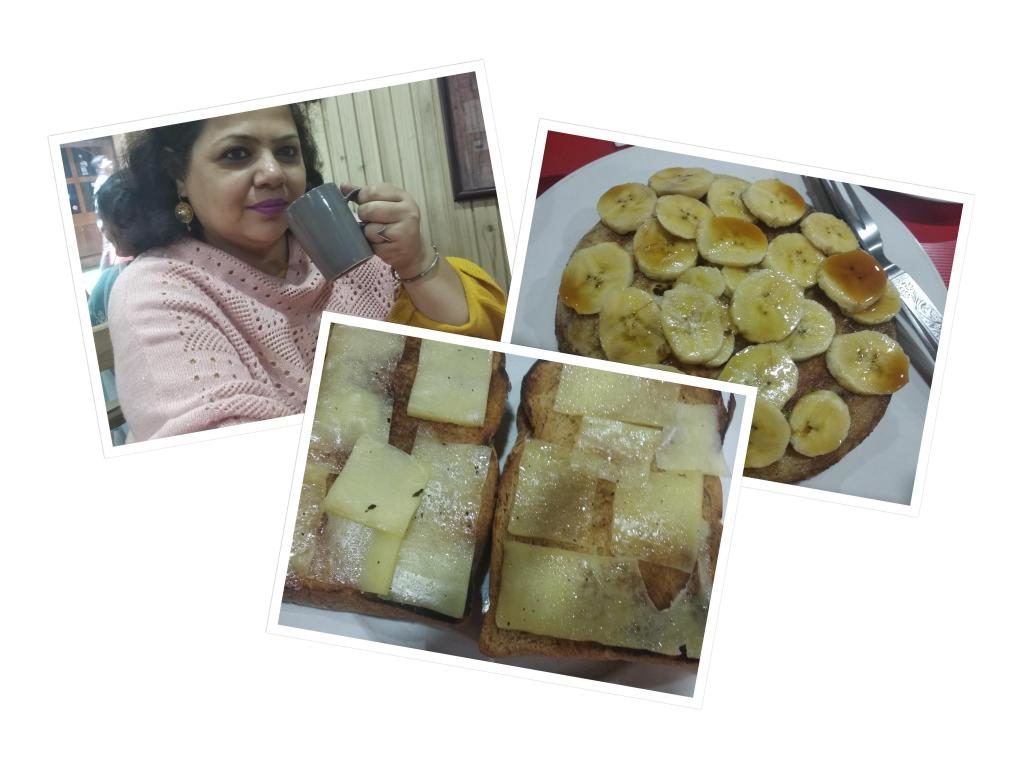
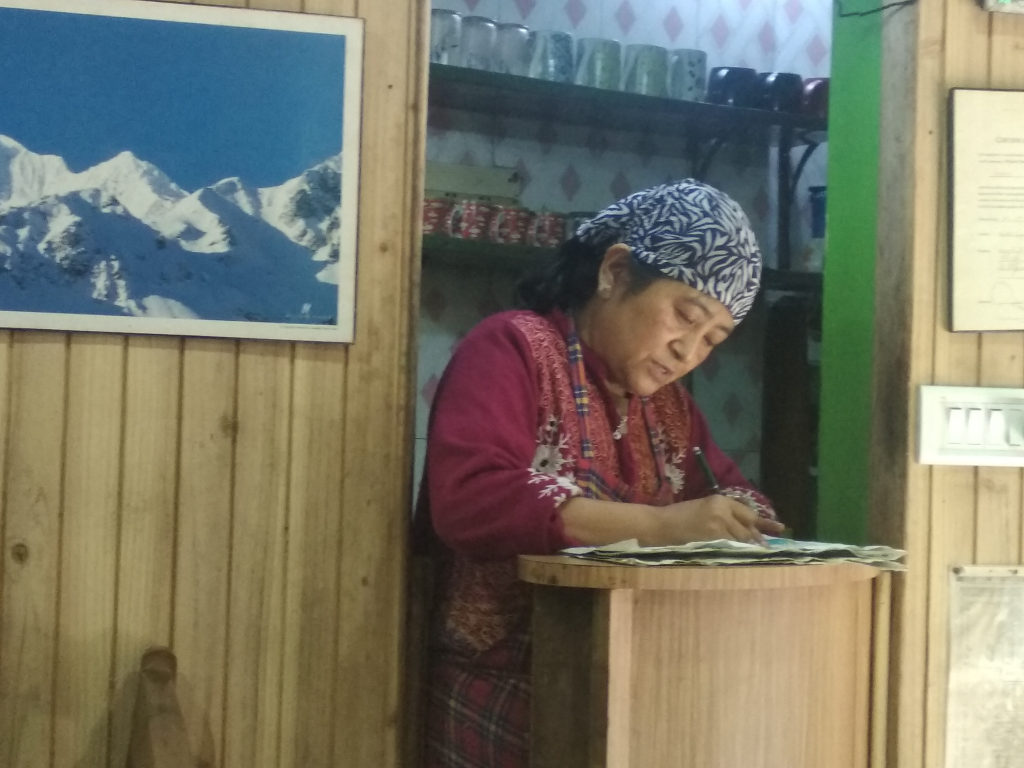
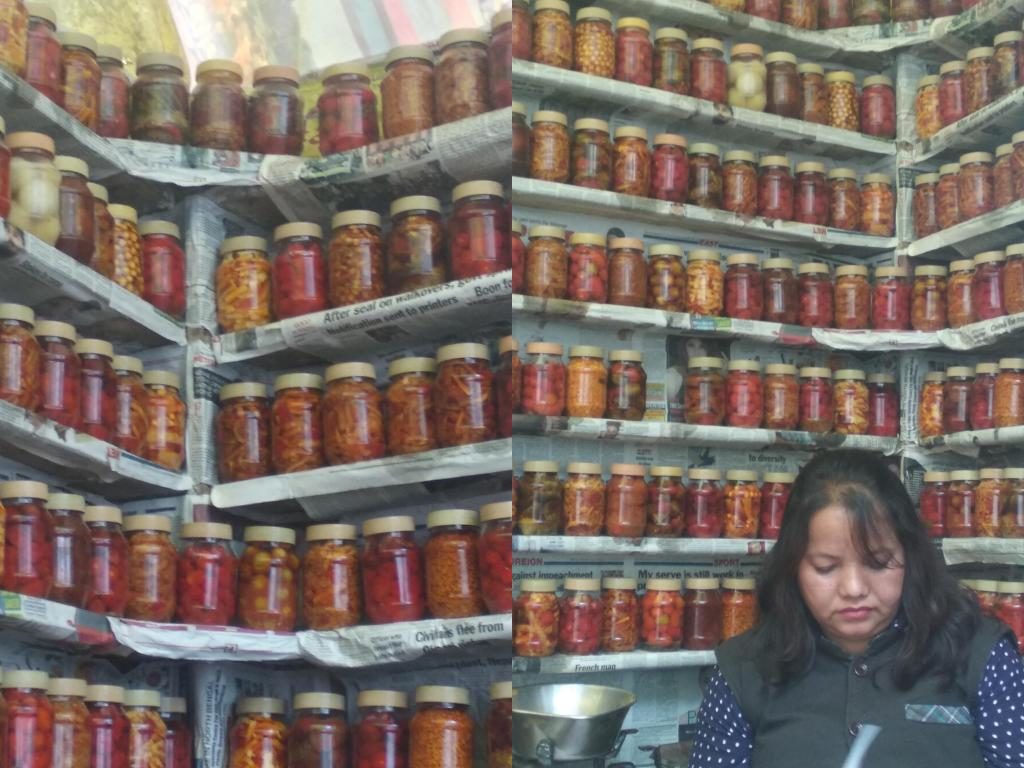
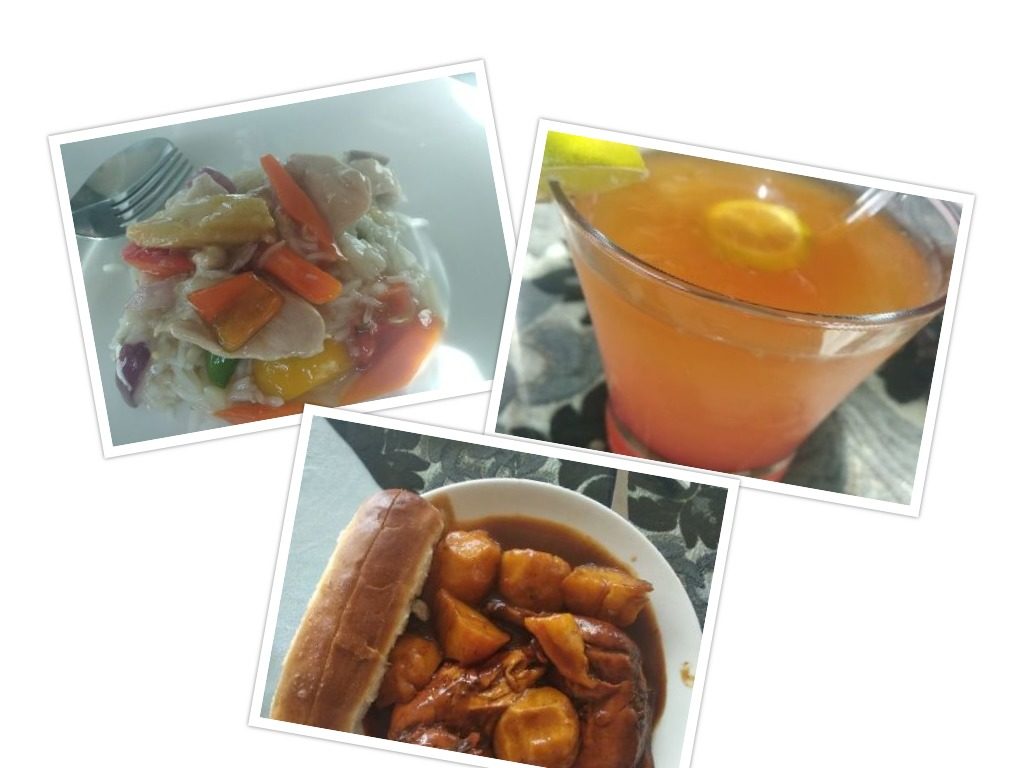
I ordered toasted bread with goat cheese, a cup of fresh coffee and the softest pancakes topped with bananas and drizzled with honey. Sonam does not read English well, she asks her customers to write down the order on a piece of paper and her husband puts in the amount neatly beside each item. The wooden interiors, the great collection of books, the warm hospitality of Sonam endeared me to the little cafe.
Happy and delighted I started walking towards the Mall again staring at the Tibetan curio shops, cafes, roadside momo shops and the horse stable. As I reached the Mall or Chowrasta I stood there in silence and in fond memories. Snippets of the roasted corn, the steaming cup of tomato soup, horse rides around the Observatory Hill crowded my mind. As I looked around the Mall which dates back to colonial times I realized the Mall had two faces now-the chique and glittering consisting of cafe chains, boutique tea shops, supersize LCD screens and the old colonial face of the Mall where Oxford Book Store, Habeeb Mallick and Sons, Chowrasta Wine shop, Chalet Hotel, Hotel Sunflower reminds one of time gone by. The Mall with its tall pine trees,flocks of pigeons,azure skies,mighty Kanchenjungha peeping now and then,poetic slopes,cloudy dreams,busy and not so busy people walking across,the ponies and horses,the statue of Bhanubhakta ,the post boxes though freshly painted,the Buddhist monks with rosaries in their hands,groups of retired natives with long umbrellas ,the green benches all stood the test of time,they remain unchanged over the years,presiding over changing turbulent times with a determined patience and a grit.
I begin to walk past the Mahakal Temple cutting through mists, walking past little children enjoying their pony rides, Nepali women opening their stalls displaying hand knit sweater, mufflers, colourful caps. Sat for a while at the green benches made famous by Satyajit Ray in his movie Kanchenjungha, looked down at the undulating valleys, looked up at the sky and felt like life may stop here with no regrets.
Walking past Governor’s House and the Mayfair hotel I stopped at the statue of Nawang Gombu Sherpa, the legendary mountaineer who climbed Mount Everest twice. He was the youngest Sherpa to climb the mighty peak. Nawang Gombu who walked tirelessly across mountains was the founding instructor of the Himalayan Mountaineering Institute. Few steps ahead was a beautiful wooden memorial in remembrance of renowned Hungarian scholar Alexander Csoma De Koros who came to Asia in search of the ancient Hungarian homeland. Founder of Tibetan studies he breathed his last at Darjeeling. The memorial was donated by the Mayor of Kovaszna, Romania and was inaugurated by the speaker of the Hungarian National Assembly in 2010.
Further ahead I stopped in silence and respect to the bust of Rahul Sankrityana, known as the father of Hindi travel literature. One of his books Volga se Ganga encompasses the essentials of travel writing and the so important theories of gaze. In his full-length text Ghumakkar Shastra (The Science of Wanderlust) Rahul Sankrityayan understood journey in a very broad sense—it as much encompassed the feat of travelling through the entire expanse of South Asia and Tibet on foot as it covered the massive shift in worldview that took him from pre-modern subaltern religiosity, through modernist revivalism to socialism with scientific pretensions. Rahul Sankrityayan never ceased travelling: neither physically nor philosophically. This poem was his guiding principle-
Sair kar duniya ki gafil, yeh zindagani phir kahan
zindagani gar rahi to, naujawani phir kaha…
(Sankrityayan 1945:56)
Rahul Sankritayan breathed his last at Darjeeling at Rahul Niwas,21 Kcaheri Road.
As I walked ahead I saw the erstwhile Loreto College now known as South Field College. Some desires get never fulfilled and it was always a dream though unfulfilled one to teach at this College. Maybe next life, if there is one. With an unfulfilled lust if I may call it I stopped at the gate of heritage Windamere Hotel. Windamere Hotel was built as ‘Ada Villa’ in 1841 and soon became a Boarding House for the tea planters. The property named Adda Villa was owned by the family of Robin Mookerjee. It was leased to Mrs Tenduf La, who turned it into a hotel with the name Windamere. This colonial heritage property is all about dreams and memories. Windamere thrives on returning guests. Eager to see one of the three jewels of the Darjeeling Hills I convinced the security and after permission from the manager went inside the property only to see colonial grandeur and heritage maintained with love and care. There was a small wooden board fixed on a bench that said “Jennifer and David Bidwell met on this bench on 13.10.1991” – a couple who met here for the first time and went on to become life partners. The unbridled glistening peaks, the rolling tea gardens, the magic of the mists weaved romance. As I climbed down the slope I was filled with happiness and an unknown satisfaction. Darjeeling continues its tryst with love and relationships.
As I walked ahead I saw the St Andrews Church standing lofty with its clock tower, the cross atop the pointed towers and the coloured window panes. Churches were an indispensable element in the trajectories of establishing a hill station by the colonial rulers. In an attempt to recreate their home country the colonial rulers built churches infusing Gothic designs with local resources. The foundation stone of St Andrews Church was laid on November 30, 1843. The church was badly damaged by an earthquake and had to be rebuilt in the year 1873. St. Andrew’s is an old Anglican church and the early worshipers of the church included many Scottish soldiers and tea planters living in the Darjeeling Hill area. As I negotiated the steep climb to the church the view was ethereal. I remembered John Brames writing, “The triple top of Kanchanjungha, Was a sight such as one sees once in a lifetime, The unfathomable depths of the great purple gorges…”. Inside the church there were inlaid marble tablets and brass plaques remembering some of the oldest residents of Darjeeling like Lt. General Lloyd who was known as the “Discoverer” of Darjeeling who came to Darjeeling in 1828 to sign a deed with the Raja of Sikkim so that East India Company could get administrative control ,lived here to die in 1865. There is also a small brass plaque in memory of Charlotte Countess Canning, wife of the Governor General Lord Canning. Charlotte came to Darjeeling in 1861 for fresh mountain air and also to sketch landscapes of the hills. She died in the Terais from malaria while descending to the plains.
Crossing the Deshabandhu District Library and the Gorkha Rangamanch, I reached Chowrasta again and my heart desired for a perfect cup of the Orange Pekoe. The boutique tea shop Golden Tips served me the best orange pekoe, delicate golden in its colour and fragrant in its aroma.
Energized and after packing some first flush and second flush tea packets for friends it was time to step into one of my most favourite book shops Oxford Book and Stationery Co. The place dimly lit smelled of books, crisp pages, told stories unknown and of far off places. Oxford Book Store has a vast collection of books on the Darjeeling Hills, its history, landscape, people, culture, politics. I got three books on the history of the hills and another being a beautiful collection of Nepalese recipes. The old world look of the shop was in perfect symphony with the rich legacy of the colonial hill town.
A visit to Darjeeling without some shopping of delicate stone trinkets at Habeeb Mallik and Sons would remain incomplete. The wide green doors of the shop open you to a world of carefully and lovingly curated jewellery of semi-precious and precious stones engraved in silver. Carpets, engraved kettles, handcrafted wooden curios, ornate jewellery make the shop a virtual treasure house. The Tibetan curios and masks on the walls told so many unknown stories. Run by a Kashmiri family, the shop was established at Chowrasta in the year 1890 by one Habeeb Mallik whose grandsons now are in charge. Don’t miss out seeing a black and white photograph of the shop taken in 1890, hung in one corner of the shop.
My tryst with Chowrasta was over for this visit. Took the road towards Step Aside, the house of Chittaranjan Das and walked past Alice villa, crossing the Bhutia stalls selling colourful woollen garments. I stopped at the corner shop selling pickles which looked tempting. Then I walked past the bend towards Chowk Bazar. Walking past the Masjid I realized that Darjeeling has done its bit to foster communal amity. Not only communal peace but Darjeeling also is proud of its multiculturalism.
I took the short cut towards Mahakal Market as I was feeling hungry and wanted to make the last stop at Glenary’s for lunch. At the corner of Mahakal Market, I was pleasantly surprised to see a palatial mansion with coloured glass panes belonging to a Bengali family.
This time I walked a bit fast past the Rink Mall and Nathmull’s Tea Lounge past the Clock tower and gazing at the newly built Ramada Inn which to me was an eyesore to the cityscape of the hill. In spite of being a foodie I had to give Kunga’s , Dekeling and Keventers a miss. My next and final stop was at Glenary’s, a heritage eatery which few can miss. The terrace with beautiful views of the Queen’s Necklace was a bit hot that afternoon. I settled for a cosy table overlooking a glass window and gentle slopes I ordered for a Margarita to quench my thirst.
With it came my comfort bowl of steamed rice with vegetables, mushroom and chicken. The aroma of the rice, the freshness of the vegetables and the delicate flavours made me finish the bowl in a jiffy. Asha ordered their signature Grilled chicken in the perfect brown sauce. Dipped a buttered bread roll in the sauce and heaven was near.
An anecdote about Darjeeling remains incomplete without a read about the history of the Glenary’s. Following is an extract of Margarethe Pliva’s article in a Himalayan Travel Magazine, The life and times of Darjeeling in the early 1900s–“My Father Adolph Pliva, known to all as “Pop”, was born in the Austro-Hungarian Empire in 1882. After going to school in Vienna he trained to become a Confectioner…. It was during this early period of Pop’s time in India that he first visited Darjeeling. He found a job in a Gentleman’s Club very close to the Park where he worked as a steward. The Club was home to a number of real English eccentrics – on certain evenings they all sat in their own coffins! He loved this first experience of the magic that is Darjeeling and vowed to return. Since his first visit to Darjeeling, Pop had been corresponding with an Italian gentleman, Mr Vado, who had a confectionery business there. He informed Pop that he wanted to sell the business. This was the opportunity Pop had been waiting for; to allow him to return to the place he had fallen in love with. Pop now had enough money to buy a half share in the Vado business, so we set out for Darjeeling. Darjeeling was at this time governed by the Raj but actually belonged to Sikkim, with the British leasing it as a holiday destination. Mr Vado was married to a Tibetan lady and they had five children; Esther, Pepo, Barno, Jello and Serafino. He had a wonderful voice and used to sing romantic Neapolitan songs in the evenings. He wanted to take the family back to Italy. Pop therefore initially bought half the business that now became “Vado and Pliva”, and then started to pay for the other half. Vado and Pliva were based in Commercial Road, a very nice street consisting of mainly European shops. It was a four-storey building. The lower floor contained the bakery and kitchens where bread, chocolates and sweets were made. Plivas even produced its own brand chocolate. The second floor was our family accommodation with the third floor used as was the shop for selling the bread, confectionery, cold meats, ice creams and a particular local delicacy – camel hump, which was very popular! The top floor contained the bar and restaurant which was used for lunches, dinner and Tea Dances. It had large windows providing magnificent views of the Himalayas. A four-piece Goan band played at the tea dances and lived in a house Pop found for them near the Town Hall. We later fitted a huge bay window in our flat to enjoy the magnificent mountain views. Pop used to teach the cooks as we had a very extensive menu in the restaurant. Dinner would consist of hor d’oeuvre such as prawns or sardines all presented on lovely dishes; then soup; then fish; an entree; the roast followed by pudding, dessert and coffee. The business was very popular in the summer but there was no one around in the winter except for a few tea planters. It was therefore usually in debt during the winter months which was paid off. Pop soon bought Mr Vado’s half share of the business and the shop became “Plivas”.
Glenary’s today showcases the 4 P’s Pastries, Puddings, Pies, Puffs. Beautiful black and white pictures adorn the walls, chandeliers reminding of the colonial gaiety, coat stands, artefacts, billing machine of yesteryear have been carefully preserved. I packed my favourite truffle, rum and mint chocolates and shopped for gooey custard rolls, muffins and tarts. Since it was the Easter weekend I could not possibly disregard the Easter eggs. A bottle of Pork pickle too is a compulsory buy from Glenary’s.
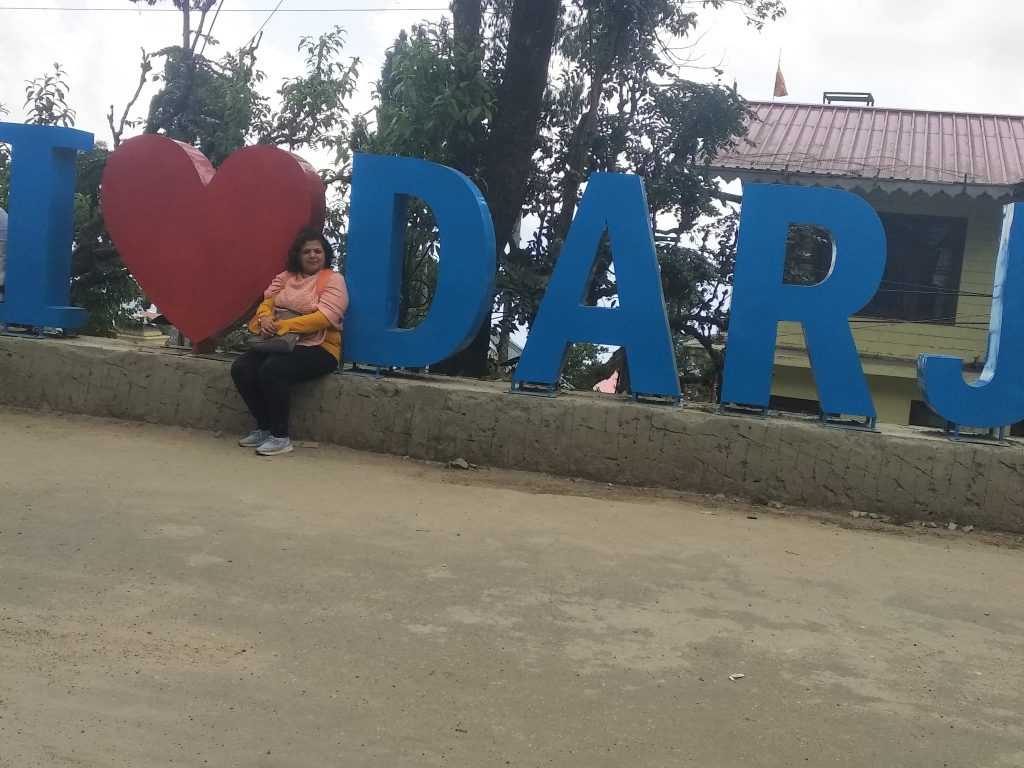
Bidding adieu to Darjeeling is always difficult. I was overtaken with a sadness which is akin to two lovers embarking on a long distance relationship after years of closeness and togetherness. The void which was overtaking me was not new, I had experienced it in the past, but this time it was a little different. This summer break I was not the typical tourist touching upon places of interest or looking impatiently for the peak. Kanchanjungha was not visible to me this time, but much more was seen and experienced. My walking tour gave me completeness and a oneness with the town. The town is still beautiful yet battered by the long periods of turbulence, the clouds and mists still came down to touch my soul, caress my wants, the blue skies gave an impetus to look forward to life and love. The late spring blooms promised me colour. Left behind my eyes and soul, to be back soon.
Writes: Ranjini Pinky
Article originally published here.

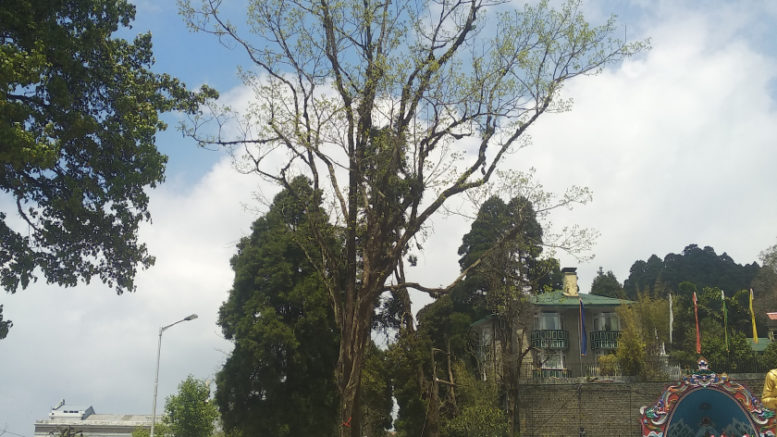


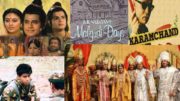
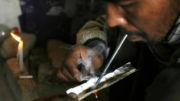
Be the first to comment on "Darjeeling-Walking Through The Mists of Time"